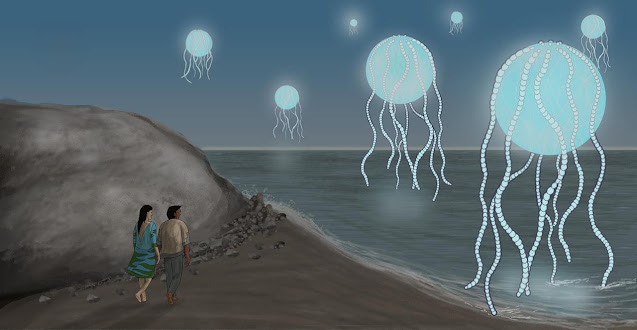From Atoms to Animals (Part 7) - Life on Earth and Beyond
All cellular life on Earth is related on the genetic level. Humans share around 96% of our DNA with chimpanzees, 85% with mice, 65% with chickens, 60% with bananas, 25% with daffodils…
The stuff that life is made of is abundantly available; not just here on Earth but throughout the universe, prompting the supposition that life on other worlds is a likely occurrence. The mechanisms by which these chemicals can come together to create living things are processes that we can easily see parallel examples of in the present day. We certainly do not have every part of the puzzle, and we cannot state exactly when, where and how mindless atoms became living, breathing, feeling beings – and we probably never will - but we can make some very well-educated guesses.
As the 21st century began, astronomers began to discover extrasolar planets. It soon became clear that most stars do indeed have planets, and so the probability of life arising somewhere else in the universe, just as it did on our planet, became very much greater.
Will life on other planets resemble life here on Earth? Not all planets are like ours. However, we know that life can exist in some very inhospitable locations: in extremes of temperature, in total darkness, in acid and at great pressure. Some bacteria, and even tiny animals called tardigrades can survive for some time in outer space.
It seems that life can evolve in a wide variety of environments, and with the abundance of the chemicals that life is made of in the universe it seems likely that we are not the only planet where this has occurred.
_______________________________________


Comments
Post a Comment